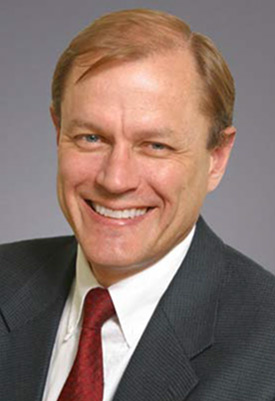ERCOT is expecting demand to peak at over 70 GW this week, as above-normal temperatures continue to bake the Lone Star State.
The Texas grid operator last week projected peak demand of 74.9 GW for Monday and more than 75 GW on Tuesday. Both would break its all-time record of 74.8 GW, set in August 2019.
Demand before noon Sunday had already hit 55.1 GW. During the same interval Saturday, demand peaked at 51.1 GW. In its last summer resource adequacy report, ERCOT forecasted a record peak demand of 77.3 GW this year.
 Triple-digit temperatures are projected to swamp Austin this week. | Apple/The Weather Channel
Triple-digit temperatures are projected to swamp Austin this week. | Apple/The Weather ChannelTemperatures are expected to exceed 100 degrees Fahrenheit all week in Austin. Temperatures in the Houston region along the Gulf of Mexico are predicted to hit the mid-90s, compared to the normal high of 90 F.
ERCOT closed out May by setting another peak demand mark for the month on its last day at 71.7 GW. The monthly record had been 67.3 GW set in 2018, but that was exceeded several times before May 20.
The grid operator said it had more than 91 GW of resources to meet demand, but it has been bedeviled by forced and maintenance outages that have taken more than 20% of the thermal fleet offline. That outage number was down to 6% on Sunday.
Renewable resources have helped filled the gap by regularly providing 20 to 25% of ERCOT’s energy.
The grid operator has already issued two operating condition notices (OCNs), its lowest-level communication in anticipation of a possible emergency condition, before the summer months begin. Any emergency condition comes when staff determine the system’s safety or reliability is compromised or threatened.
The first OCN was issued on May 3 and extended several times through May 20. A second OCN was issued for May 28-30.
ERCOT asked Texans to conserve electricity on May 13, which officials later termed a “request.” Interim CEO Brad Jones has said he is “confident” about the summer, while Public Utility Commission Chair Peter Lake continues to say the grid “is more reliable than it has ever been before.” (See ERCOT, PUC Say Texas Ready for Summer.)



